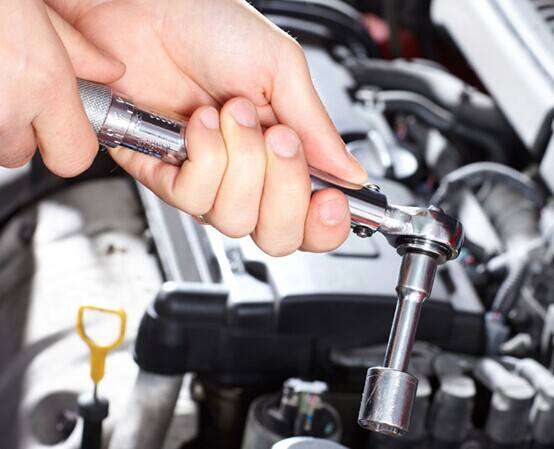
Regardless whether you plan to go for a long drive or just want to go shopping a few blocks away, you always need to have the tools necessary to fix a flat tire in your vehicle. You never know when exactly some nasty nail might puncture your tire, so it’s best to always be prepared.
The tools you’ll require in this situation are:
· Emergency warning signs
· Lug wrench
· Car manual
· Car jack
· Spare tire
· Tire repair tools
· Wheel chocks
· Flashlight
Before you move on to repairing the tire, you need to remove it. This can be an ordeal in itself. Follow the steps listed below to make this procedure quick and stress-free:
· Pull out of traffic and park on a safe stable surface.
Try to avoid parking on the grass or dirt as the jack might sink into this kind of ground, which will give you a lot of trouble. This also increases the risks as an unstable car jack cannot support the vehicle properly.
· Set out the alerts.
Turn on the emergency lights on your vehicle and set down the emergency warning sign.
· Secure the wheels.
Use wheel chocks or large stones to secure the wheels after you engage the emergency parking brake. You need to secure the wheels on the side of the car opposite to the one being raised.
· Loosen the lug nuts.
You will need to loosen the lug nuts one turn before you jack up the vehicle. If you have hubcaps covering your wheels, remove them using a flat screwdriver. If these covers are held in place by lug nuts, leave them.
In case the nuts are tight, use penetrating oil and use your foot to push on the lug wrench.
· Lift the car with a jack.
Look up the instructions in your car owner’s manual as manufacturers offer different instructions on where exactly the best place to secure a car jack is. The one thing all these guidelines have in common is to never place a jack under the suspension member or axle.
· Remove the lug nuts.
Now that your vehicle is partially off the ground, finish loosening and remove the lug nuts. Place them somewhere safe so that you don’t lose them.
· Remove the wheel.
Be careful and use both hands. Mind that the wheel is rather heavy and might be difficult to move around.
· Remove the damaged tire.
This is the hardest part. Use both hands and a rubber hammer to loosen the joints and remove the tire. You may also need some liquid penetrant if the tire is stuck due to dirt and rust.
Once you remove it, put the tire under the car. This is an additional precaution in case your jack fails.
· Put on the spare and tighten the lug nuts.
Consult the manual for the tightening sequence. Follow these instructions to the letter as otherwise, the weight won’t be distributed properly and the wheel might get damaged.
· OPTIONAL! Fix the punctured tire and put it back on the wheel.
In some cases, repairing a tire while on the road might be acceptable, especially if you don’t have a spare or its quality is too low. However, this procedure will take some time and effort.
· Lower your car and inflate the tire.
Check the pressure in all the tires and you are safe to go.


